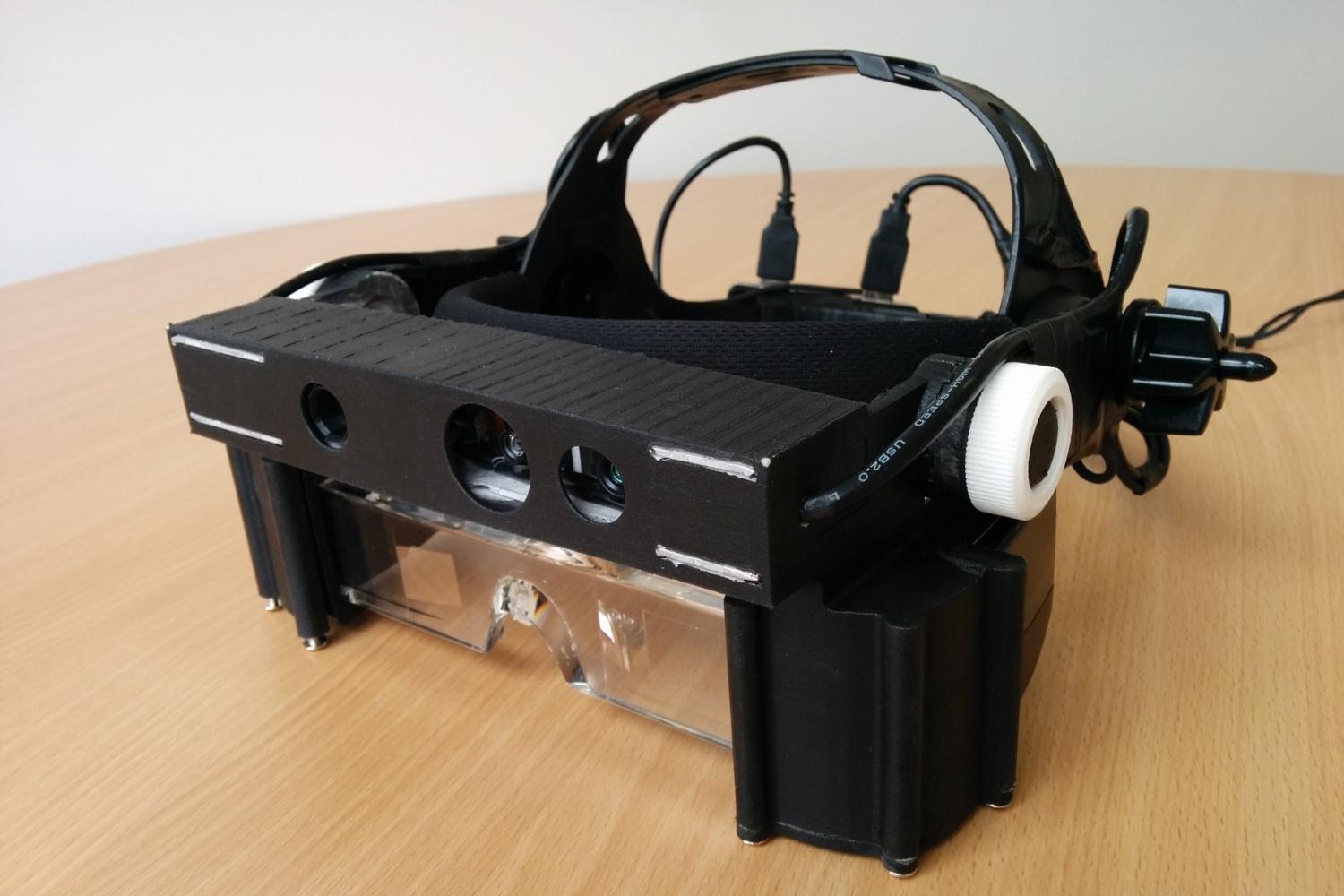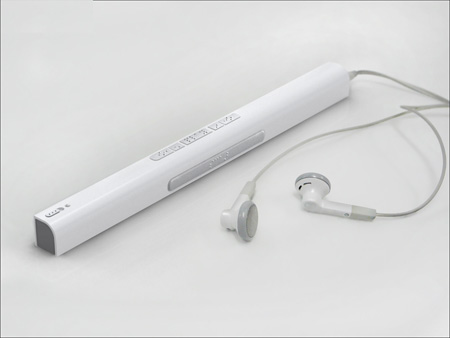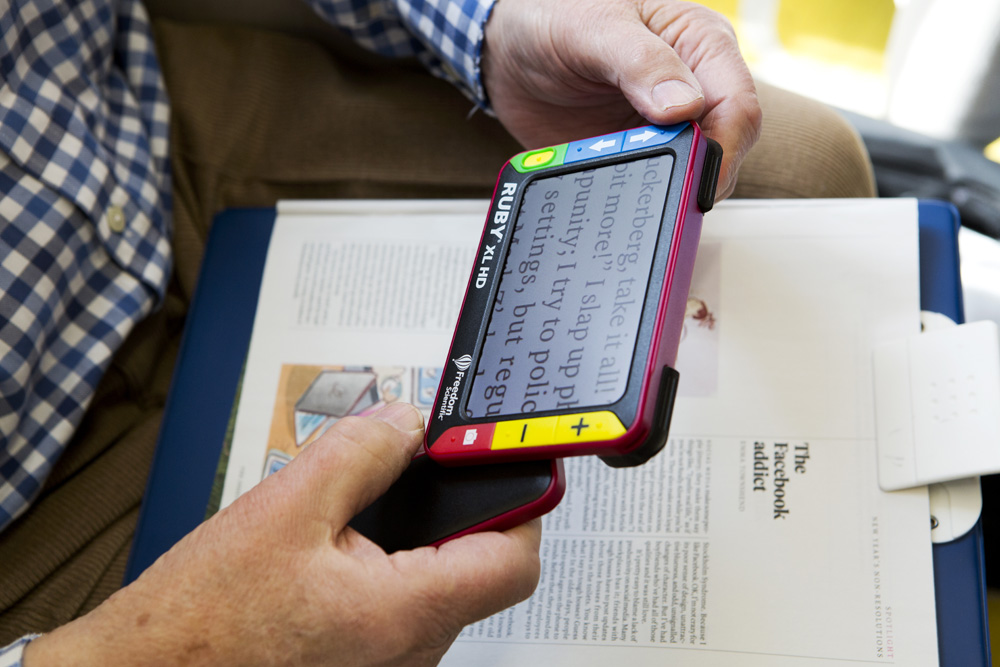OCR Devices for the Blind: Turning Text into Speech with Ease
OCR Devices for the Blind: Turning Text into Speech with Ease
Blog Article
Discover Cutting-edge Tools Developed for the Aesthetically Damaged
The advancement of cutting-edge tools for the visually damaged stands for a considerable advancement in accessibility and self-reliance. Technologies such as clever glasses with AI capabilities and mobile applications designed to give acoustic descriptions are reshaping everyday experiences for users.
Smart Glasses for Navigation

Smart glasses created for navigation are revolutionizing the means aesthetically impaired people engage with their setting. These sophisticated devices utilize a combination of video camera modern technology, fabricated intelligence, and acoustic responses to supply real-time information about surroundings. By employing barrier detection systems, wise glasses can inform customers to possible threats, making it possible for more secure flexibility in both familiar and unknown setups.
The combination of GPS modern technology additionally improves navigating capabilities, enabling customers to get auditory directions as they move. This hands-free technique not just fosters freedom but also empowers visually impaired individuals to navigate urban landscapes with enhanced confidence. In addition, several smart glasses are equipped with functions that recognize spots and street indications, providing contextual information that boosts the individual experience.
Additionally, the growth of these devices is continually progressing, with business working to enhance the precision of item recognition and expand the variety of navigational functions. As clever glasses become a lot more cost effective and accessible, they hold the possible to significantly change every day life for visually damaged individuals. Eventually, these ingenious tools stand for a vital action toward inclusivity, offering enhanced wheelchair and a higher sense of freedom for people navigating the globe around them.

Mobile Apps for Daily Living
Exactly how can mobile applications enhance the every day lives of aesthetically damaged people? Mobile apps are changing the way aesthetically impaired customers navigate their atmospheres, manage day-to-day tasks, and access info. These applications provide vital support through different functionalities, fostering independence and improving lifestyle.
Several ingenious mobile applications are created especially for day-to-day living. For circumstances, apps like Be My Eyes attach aesthetically impaired individuals with sighted volunteers through video phone calls, enabling them to receive real-time assistance with jobs such as reviewing labels or navigating unfamiliar rooms. Seeing AI, established by Microsoft, utilizes man-made intelligence to explain surroundings, reviewed text, and recognize objects, effectively changing a mobile phone right into a powerful tool for daily assistance.
Furthermore, navigating applications tailored for the aesthetically damaged, such as Aira and BlindSquare, offer audio-based instructions and environmental info, enabling individuals to traverse their surroundings securely and confidently. Past navigation and immediate help, mobile applications additionally support organization and task management, with features that assist individuals set suggestions, produce order of business, and track appointments. In summary, mobile applications act as crucial resources, equipping aesthetically damaged people to lead more independent and satisfying lives.
Wearable Technologies for Support
Empowerment via modern technology is significantly noticeable in the realm of wearable tools created to assist aesthetically impaired people. These cutting-edge tools incorporate effortlessly right into day-to-day live, boosting navigation and giving essential feedback to individuals. Clever glasses outfitted with electronic hour glasses cameras can check out and recognize faces message out loud, permitting users to engage more with confidence in social and specialist settings.
An additional significant improvement is making use of haptic feedback systems in wearable gadgets. These systems use vibrations or other responsive signals to communicate details regarding the customer's setting, such as challenges or modifications in terrain, boosting flexibility and safety. Wearable technologies also consist of wristbands that link to mobile phones, signaling users to alerts via subtle vibrations, hence boosting connectivity without dependence on visual signs.
As these modern technologies continue to advance, they are not just boosting freedom for aesthetically damaged people yet likewise fostering a higher sense of addition in culture. By linking the void between difficulties faced in day-to-day living and the capacity for autonomy, wearable innovations serve as essential devices in the pursuit for equal rights and empowerment for those with aesthetic problems.
Sound Description Devices
Sound description devices play an important function in improving accessibility for visually damaged individuals, offering them with the capability to involve with visual media. Smart glasses for the visually impaired. These devices supply narrated descriptions of crucial aesthetic elements in movies, television programs, and live performances, making certain that individuals can fully comprehend the context and emotions shared with visuals
Sound summary can be integrated into numerous systems, consisting of streaming services, movie theater screenings, and live movie theater. Lots of popular streaming solutions now include audio summary as an access feature, allowing customers to select it easily. In addition to conventional media, specialized apps likewise exist, supplying audio descriptions for art events, galleries, and other social events.
The performance of audio description rests on the ability of the storytellers, who have to convey visual information succinctly without diminishing the original sound. Innovations in this field are additionally leading the way for even more tailored experiences, where users can change the level of information and pacing according to their preferences.
Braille Innovations and Devices
Braille tools and innovations have actually significantly changed the way aesthetically damaged people connect with message and info. Modern developments have actually led to the advancement of functional tools that improve literacy and self-reliance among users.
Furthermore, portable Braille notetakers integrate traditional Braille input with modern-day capabilities, assisting in note-taking, scheduling, and paper editing and enhancing on the move. Wearable technology for low vision. These compact tools commonly feature text-to-speech capabilities, bridging the gap in between Braille and glasses shop acoustic info
In enhancement, ingenious Braille printers have arised, allowing users to generate Braille tags, documents, and instructional materials successfully. This ease of access fosters greater involvement in educational and specialist settings, ultimately promoting inclusivity.
In addition, research right into smart Braille modern technologies remains to expand. Instruments that integrate fabricated knowledge are being explored to supply real-time navigating support and contextual info, enhancing the customer experience in varied setups. Generally, these developments mirror a commitment to encouraging visually damaged individuals with innovation, guaranteeing they can conveniently gain access to and engage with the world around them.

Final Thought
The innovation of cutting-edge tools for the aesthetically impaired considerably improves freedom and lifestyle. Smart glasses, mobile applications, wearable modern technologies, audio description devices, and Braille innovations jointly empower individuals by providing necessary navigation assistance, environmental awareness, and enhanced analysis experiences. These technologies not only foster higher inclusion however likewise promote freedom in day-to-day activities, eventually adding to click now a much more fair and accessible culture for aesthetically damaged individuals. Continued growth in this field holds guarantee for further enhancements.
As smart glasses come to be more inexpensive and accessible, they hold the prospective to substantially change day-to-day life for visually impaired users. Mobile apps are revolutionizing the way visually damaged customers navigate their environments, handle day-to-day tasks, and accessibility info. Applications like Be My Eyes connect aesthetically damaged users with sighted volunteers via video clip phone calls, allowing them to get real-time help with jobs such as checking out tags or navigating unknown rooms.Furthermore, navigation apps tailored for the visually damaged, such as Aira and BlindSquare, provide audio-based directions and ecological information, allowing individuals to traverse their environments securely and confidently.The development of innovative devices for the aesthetically damaged considerably enhances self-reliance and top quality of life.
Report this page